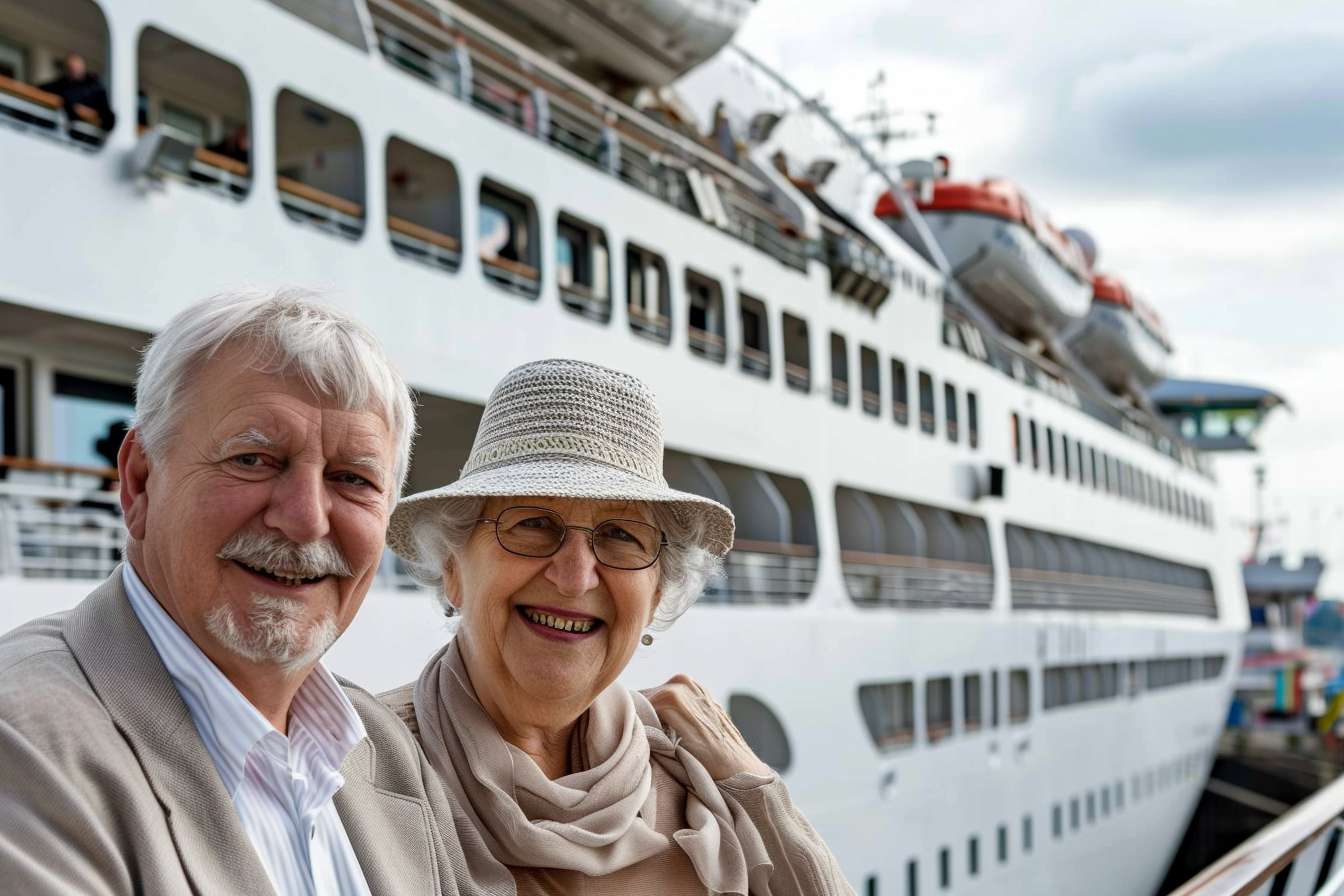Read tips for planning trips for seniors
Planning travel for older adults requires thoughtful consideration of comfort, accessibility, and health needs. Whether exploring new destinations or revisiting favorite spots, seniors can enjoy fulfilling travel experiences with proper preparation. Understanding how to select appropriate accommodations, pace activities, and address safety concerns makes trips more enjoyable and stress-free for everyone involved.

Discover senior-friendly travel tips
Traveling in later years offers opportunities for relaxation, adventure, and connection with loved ones. Senior-friendly travel begins with selecting destinations that offer a balance of interesting activities and comfortable amenities. Consider locations with mild climates, manageable walking distances, and accessible public spaces. Research destinations that cater to older travelers by offering senior discounts, accessible facilities, and slower-paced attractions. Popular choices often include cultural cities with excellent public transportation, coastal areas with relaxing environments, and destinations known for their healthcare infrastructure. Before booking, verify that the location has adequate medical facilities nearby and check whether any special vaccinations or health precautions are necessary.
Find accessible lodging options
Accommodation selection plays a critical role in travel comfort. Look for hotels or rentals that provide ground-floor rooms or elevator access, grab bars in bathrooms, and wheelchair accessibility if needed. Many hotel chains now offer rooms specifically designed for guests with mobility considerations, featuring wider doorways, roll-in showers, and adjustable furniture. When booking, contact the property directly to confirm accessibility features rather than relying solely on website descriptions. Proximity to attractions, restaurants, and medical facilities should factor into lodging decisions. Consider properties that offer on-site dining to reduce the need for frequent outings, and verify whether the establishment provides shuttle services or assistance with transportation arrangements. Reading recent reviews from other senior travelers can provide valuable insights into the actual accessibility and comfort level of accommodations.
Plan manageable activity schedules
Overscheduling ranks among the most common mistakes in senior travel planning. Build itineraries with flexibility, allowing for rest periods between activities and avoiding back-to-back commitments. Plan no more than one or two major activities per day, with built-in downtime for relaxation or spontaneous exploration. Morning activities often work best when energy levels are highest, with afternoons reserved for lighter pursuits or rest. Consider guided tours designed for seniors, which typically move at a comfortable pace and include regular breaks. When visiting museums or attractions, check whether wheelchairs or mobility scooters are available for rent. Many destinations offer hop-on-hop-off bus tours that allow travelers to explore at their own pace without excessive walking. Pre-booking tickets for popular attractions eliminates the need to stand in long queues, and many venues offer priority access for seniors.
Ensure safety and comfort while traveling
Health and safety preparations form the foundation of successful senior travel. Schedule a pre-trip medical consultation to discuss any health concerns, ensure vaccinations are current, and obtain necessary prescriptions with extra supplies. Carry a detailed list of medications, allergies, and emergency contacts in both digital and physical formats. Travel insurance that covers medical emergencies, trip cancellations, and evacuation becomes increasingly important for older travelers. Pack a comprehensive first-aid kit including regular medications, pain relievers, bandages, and any specialized medical equipment. Comfortable, supportive footwear prevents falls and reduces fatigue during sightseeing. Stay hydrated throughout the journey, particularly in warmer climates or during flights. Inform travel companions or tour operators about any medical conditions or mobility limitations to ensure appropriate assistance is available when needed.
Explore features for enjoyable trips
Numerous resources and services enhance travel experiences for seniors. Many airlines offer pre-boarding for older passengers and assistance navigating airports. Request wheelchair service at airports if walking long distances poses challenges, even if a wheelchair is not typically used. Travel during off-peak seasons when destinations are less crowded and prices more affordable. Join senior travel groups or clubs that organize trips specifically designed for older adults, providing built-in social opportunities and expert planning. Technology aids like translation apps, navigation tools, and medication reminders simplify travel logistics. Consider travel agencies specializing in senior travel, as they understand unique needs and can customize itineraries accordingly. Some cruise lines and tour operators cater specifically to mature travelers, offering appropriate activity levels and onboard medical facilities. Travel companions, whether family members or organized tour groups, provide both practical assistance and enhanced enjoyment through shared experiences.
Conclusion
Successful senior travel combines careful planning with flexibility and realistic expectations. By prioritizing comfort, accessibility, and safety while remaining open to new experiences, older adults can continue exploring the world at any age. The key lies in understanding personal limitations, preparing thoroughly, and choosing destinations and activities that align with individual capabilities and interests. With thoughtful preparation and the right resources, travel remains an enriching and achievable pursuit throughout the senior years.


